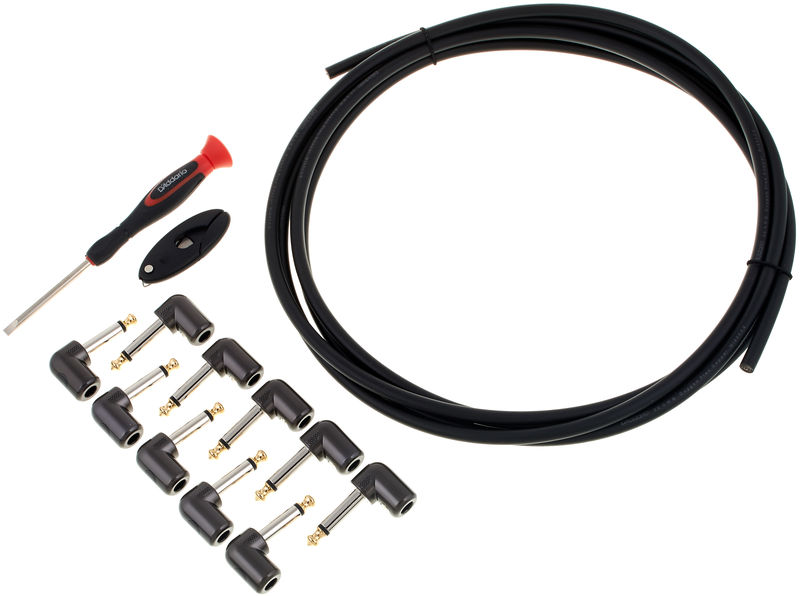

Shortly before leaving the Space Station Thomas replaced the Dosis radiometers that are dotted around the interior. Obviously the findings could advance development of pharmaceuticals to prevent muscle atrophy for people on Earth. This research examines how biomaterials that can either slow down muscle atrophy or accelerate muscle growth could be used to supplement exercise as a countermeasure in space. Muscle wasting affects both astronauts living in microgravity and people on Earth, particularly the elderly.


Thomas worked on preparing samples and installing them for the Anti-Atrophy investigation. The device is already used on Earth as an alternative to muscle biopsies. A total of 12 astronauts will be taking part in it in the hope of identifying the best countermeasures and improving the lives of many people affected by strained muscles. Thomas completed more science sessions together with NASA astronaut Megan MacArthur.
PLANET WAVES PATCH CABLE MINI PORTABLE
The Myotones experiment monitors the muscle tone, stiffness and elasticity of the astronauts’ muscles with a non-invasive, portable device on the Space Station. Muscle tone with MyotonesĪstronauts experience muscle weakening in space and when they return to living with the effects of Earth’s gravity after a mission. Grip and Grasp are two neuroscience experiments looking into how our brain takes microgravity into account when grabbing or manipulating an object.Īnother Glovebox experiment, Thomas worked on NASA’s Cardinal Muscle investigation to test whether engineered tissues cultured in space could provide a model for studying muscle loss and assessing medicine before clinical trials. Wearing a virtual reality headset and grasping objects while motion trackers record his arm movement and speed.

Thomas continued to have sessions with the Grip and Grasp experiments. Will they still grow as well in space, and can we find ways to stop them? The research is interested in finding out more about the biofilms that grow on our tongues or teeth. The experiment takes place in the Station’s glovebox to keep the fluids contained and not escaping into the environment, even though the bacteria grow naturally in our mouths. Thomas continued work on the Oral Biofilms experiment to help researchers investigate bacteria and how they form biofilms, in space. These microscopic animals are extreme survivors and can withstand huge temperature differences, even having spent months unprotected outside the Space Station in a previous ESA–Roscosmos study! The Cell Science-04 experiment is characterising the species’ genes to discover their secrets to survival. The investigation is looking at a species of tardigrades, also known as water bears. Thomas worked on the Cell Science-04 experiment that arrived by Cargo Dragon CRS-22 trasnport spacecraft. Let’s break it up into themes again: Science Biology and biotechnology Cell Science-04 Many of the experiments are repetitions from the first 100 days, as is one of the Space Station’s unique advantages: offering researchers long-term continuous weightless to run experiments and chart changes in the human body over many months. On Thomas Pesquet’s 100th day in space for his Alpha mission we did an overview of all his activities on the International Space Station, 100 days later, let’s look at what he has been up to up there on the second half of his mission.


 0 kommentar(er)
0 kommentar(er)
